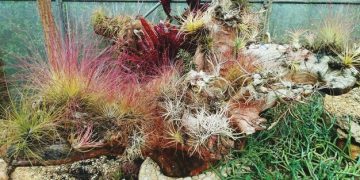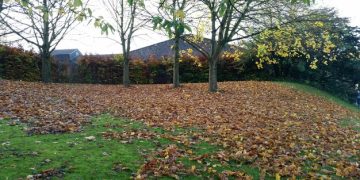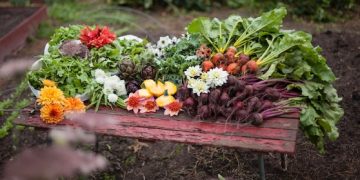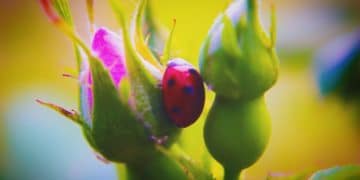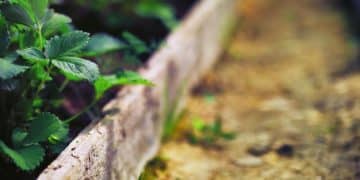Save Water, Save Money: Drip Irrigation for 15% Less Usage
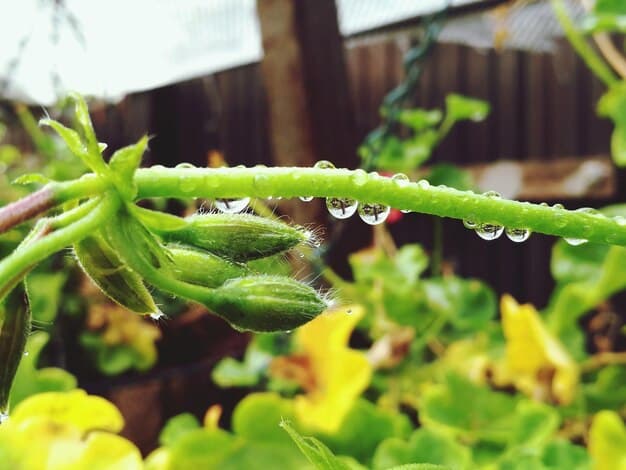
Save water and money by implementing drip irrigation systems. This method reduces water usage by 15%, delivering water directly to plant roots, minimizing waste, and lowering your water bill.
Discover how save water, save money: implementing drip irrigation systems for a 15% reduction in water usage, enhancing your garden and your wallet.
What is Drip Irrigation and Why Should You Use It?
Drip irrigation is a highly efficient irrigation method that delivers water slowly and directly to the root zone of plants. Utilizing a network of pipes, tubing, and emitters, drip irrigation minimizes water waste by reducing evaporation and runoff. This targeted approach ensures that plants receive the water they need, precisely where they need it, resulting in healthier growth and significant water savings.
Why should you consider using it? Because it offers a pathway to improve garden health and make every drop count.
Drip Irrigation Benefits
* Water Conservation: The most significant advantage is the reduced water consumption compared to traditional methods like sprinklers.
* Cost Savings: Lower water bills translate to long-term financial benefits.
* Improved Plant Health: Precise water delivery minimizes the risk of fungal diseases and promotes stronger root systems.
DIY vs. Professional Installation
Drip irrigation systems offer flexibility in installation, catering to both DIY enthusiasts and those who prefer professional services. DIY kits are readily available and suitable for smaller gardens or straightforward setups. These kits typically include all necessary components and step-by-step instructions.
Professional installation is recommended for larger or more complex landscapes. Professionals can assess specific needs, design customized systems, and ensure optimal performance. While the initial investment is higher, professional installation often results in a more efficient and reliable system, saving both time and resources in the long run.
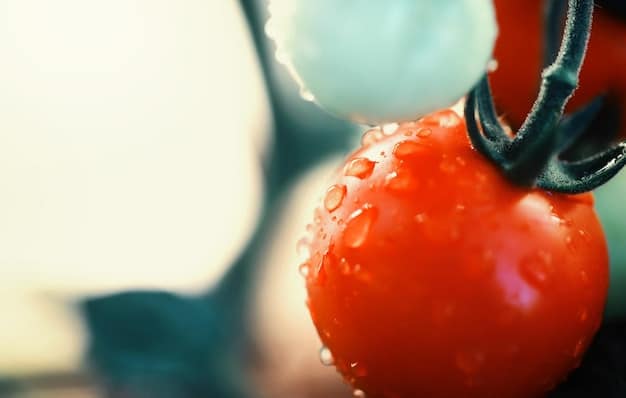
How to Plan Your Drip Irrigation System for Maximum Efficiency
Planning your drip irrigation system is crucial for achieving maximum water efficiency and cost savings. Proper planning involves assessing your garden’s needs, selecting the right components, and designing a layout that optimizes water delivery.
By taking the time to plan carefully, you can create a drip irrigation system that:
* provides the appropriate amount of water to your plants,
* minimizes water waste,
* promotes healthier growth.
Assess Your Garden’s Needs
Start by evaluating the specific water requirements of your plants. Different plants have varying needs based on their species, size, and location. Group plants with similar water needs together to facilitate efficient watering.
Consider the soil type in your garden. Sandy soils drain more quickly and require more frequent watering, while clay soils retain water for longer periods.
Choosing the Right Components
Selecting the appropriate components for your drip irrigation system is essential for its effectiveness. Each part plays a specific role in delivering water efficiently and reliably.
Here are the fundamental components you’ll need to consider:
* Backflow Preventer: Protects your clean water supply from contamination.
* Pressure Regulator: Ensures consistent water pressure.
* Filter: Prevents clogs by removing debris from the water.
Design Your Layout
Designing an efficient layout is key to maximizing water savings and plant health. Start by mapping out your garden beds and identifying the location of each plant. Consider the spacing between plants and their individual water needs when determining the placement of drip lines and emitters.
Use a grid layout for uniform watering, or tailor the layout to specific plant groupings. Ensure that each plant receives an adequate amount of water, based on its requirements and the output of the emitters.
Comparing Drip Irrigation System Types: Which One is Right for You?
When it comes to drip irrigation systems, there’s no one-size-fits-all solution. Choosing the right type depends on your specific gardening needs, budget, and the types of plants you’re growing. Different systems offer varying levels of efficiency, ease of installation, and suitability for different landscapes.
In-Line Emitter Tubing
In-line emitter tubing is widely used for row crops, vegetable gardens, and flower beds. These systems have emitters pre-installed at regular intervals along the tubing, making them easy to install and maintain. In-line emitter tubing is ideal for uniform watering across a large area.
These are the main benefits of this kind of system:
* Easy to install.
* Uniform watering.
* Suitable for row crops.
Micro-Sprinklers and Micro-Sprayers
Micro-sprinklers and micro-sprayers distribute water over a small area, mimicking rainfall. They are suitable for larger plants, shrubs, and trees that require more water coverage. These systems are effective for delivering water to broader root zones and can be adjusted to vary the spray pattern and coverage area.
When should you choose micro-sprinklers?
* Larger plants.
* Shrubs and trees.
* Broad root zones.
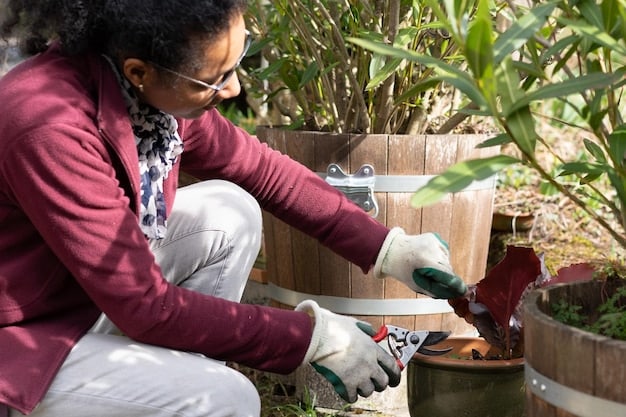
Installation and Maintenance Tips for Long-Term Savings
Proper installation and regular maintenance are essential for ensuring the long-term efficiency and cost-effectiveness of your drip irrigation system. By following best practices and performing routine checks, you can prevent common problems, extend the lifespan of your system, and maximize water savings.
These best practices include steps for installing your water system and tips to help you maintain it.
Installation Best Practices
Start by thoroughly planning your system layout, taking into account the water needs of different plants, soil types, and the specific requirements of your chosen drip irrigation system. Ensure that you have all the necessary components and tools before beginning the installation process.
Maintenance Tips
Regularly inspect your drip irrigation system for leaks, clogs, and damaged components. Check the emitters to ensure they are functioning properly and delivering water evenly. Clear any debris or sediment that may accumulate in the filters and tubing.
What can you do to make sure your system is working well?
* Check for leaks and clogs
* Clean filters regularly
* Monitor water pressure
Troubleshooting Common Drip Irrigation Problems to Maximize Water Savings
Even with careful planning and maintenance, drip irrigation systems can encounter common problems that may affect their efficiency and water-saving capabilities. Addressing these issues promptly is essential for maintaining optimal performance and preventing water waste.
Clogging
Clogging is one of the most frequent issues in drip irrigation systems, caused by mineral deposits, algae growth, or debris in the water supply. Regular filter maintenance can help prevent clogs, but sometimes you may need to flush the system with a cleaning solution.
Here are some methods that can help you declog your system:
* Filter maintenance
* Flushing the system
* Proper water filtration
Leaks and Breakages
Leaks and breakages in the tubing, emitters, or fittings can lead to significant water loss and reduced system efficiency. Regularly inspect your system for any signs of damage and repair or replace broken components promptly.
How can you solve leaks and breakages?
* Regular inspection
* Prompt repairs
* Proper winterization
Adapting Your Drip Irrigation System for Different Seasons and Climate
To maximize water savings and plant health, it’s essential to adapt your drip irrigation system to seasonal changes and climate conditions. Adjusting your watering schedule, emitter output, and system layout can help optimize water delivery based on current environmental conditions.
Doing so will help your landscape thrive year-round.
Adjusting Watering Schedule
During the hot summer months, plants typically require more water to compensate for increased evaporation rates. Increase the frequency or duration of watering sessions, or both, to ensure plants receive adequate hydration.
Adjusting Emitter Output
Changing emitter output to suit different plans may be needed when the seasons are changing. Different emitter types are available with varying flow rates, allowing you to customize your system based on the specific water needs of different plants.
These adjustments will ensure that the plants are receiving just the right amount of water they need.
| Key Point | Brief Description |
|---|---|
| 💧 Water Savings | Drip irrigation reduces water consumption by up to 60% compared to traditional methods. |
| 💸 Cost Efficiency | Lower water bills and reduced fertilizer runoff save money and resources. |
| 🌱 Plant Health | Precise water delivery minimizes disease and promotes healthy root development. |
| 🛠️ DIY Installation | Easy-to-install kits for smaller gardens, with professional options for larger landscapes. |
Frequently Asked Questions
What is drip irrigation?
▼
Drip irrigation delivers water directly to plant roots through a network of pipes and emitters, minimizing water waste.
How much water can I save with drip irrigation?
▼
Drip irrigation can reduce water consumption by up to 60% compared to traditional sprinkler systems.
Is drip irrigation easy to install?
▼
Yes, DIY kits are available for smaller gardens, while professional installation is recommended for larger landscapes.
What are the main benefits of drip irrigation?
▼
Benefits include water conservation, cost savings, improved plant health, and reduced fertilizer runoff.
How do I maintain a drip irrigation system?
▼
Regularly inspect for leaks, clogs, and damage, and flush the system with a cleaning solution as needed.
Conclusion
Implementing drip irrigation systems is a smart move for both your garden and your wallet, as it offers substantial water savings, reduces costs, and promotes healthier plant growth.
